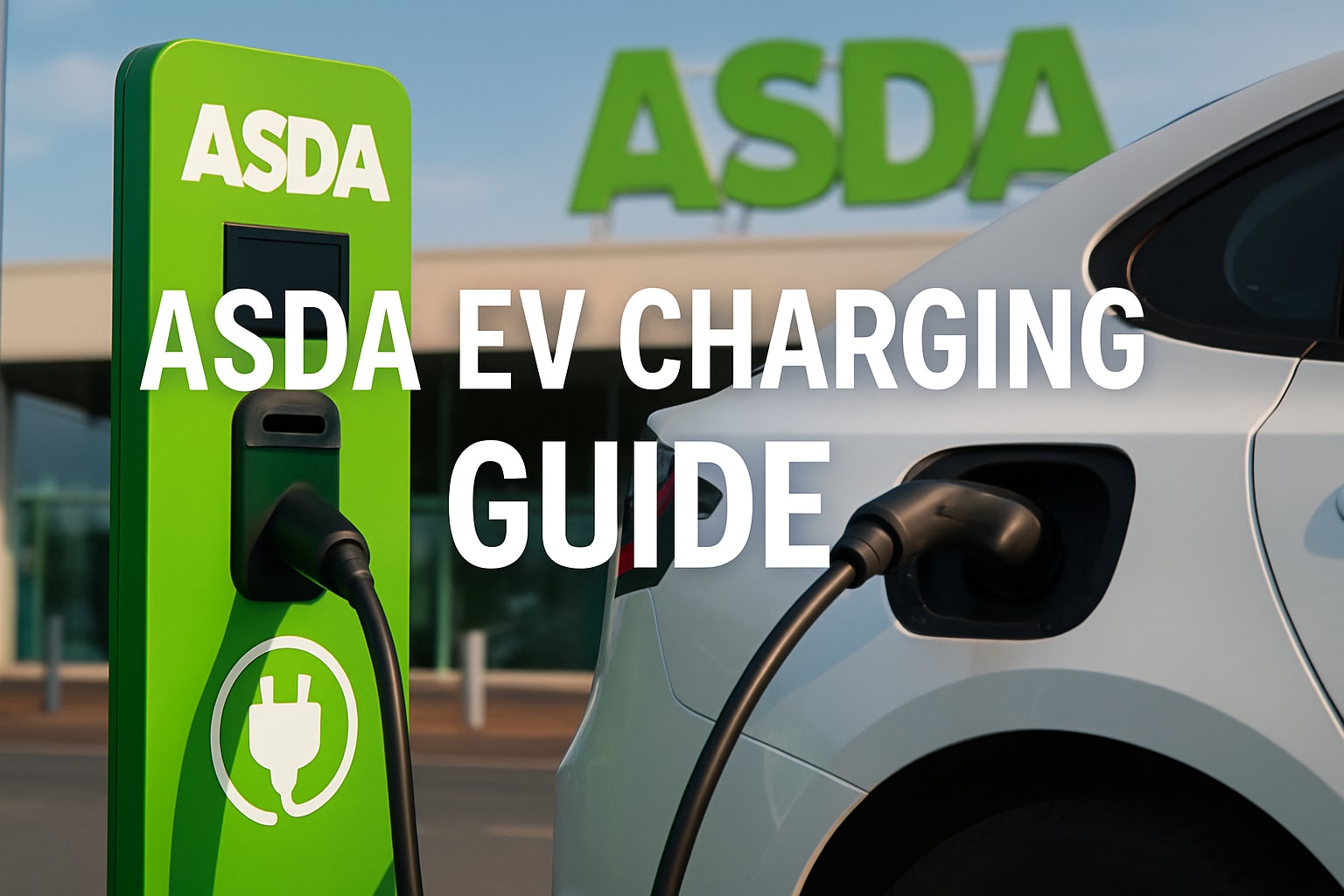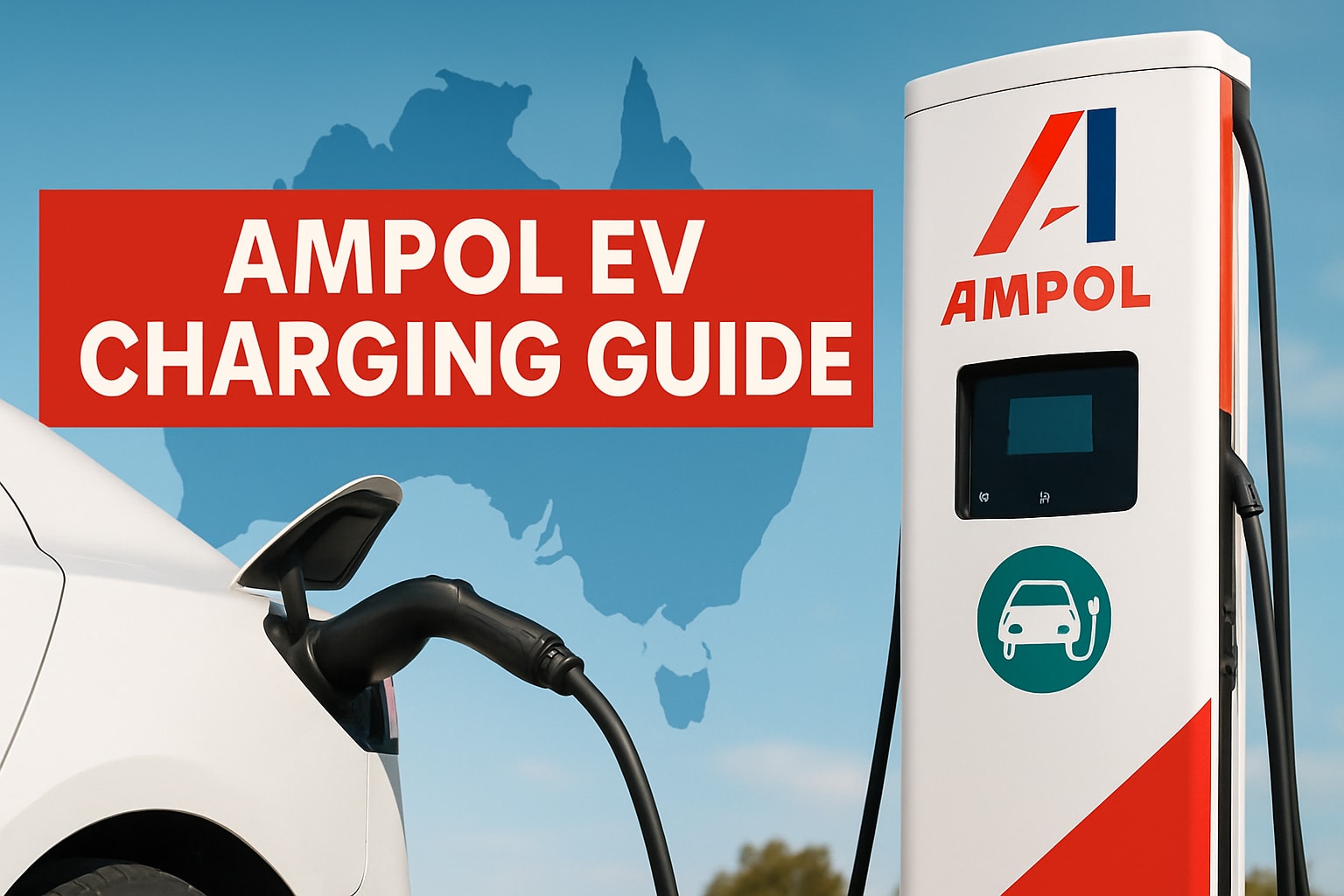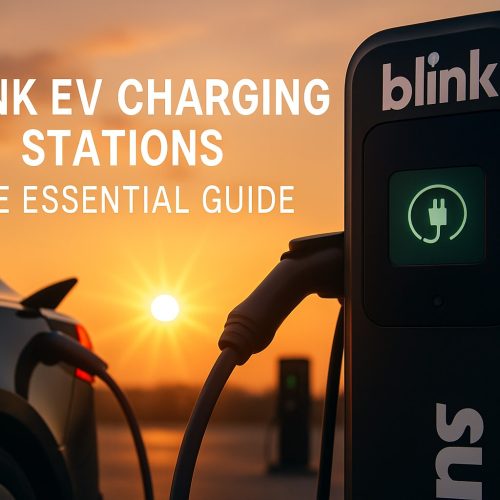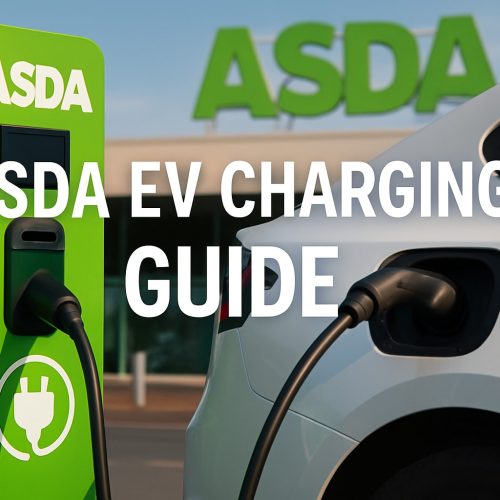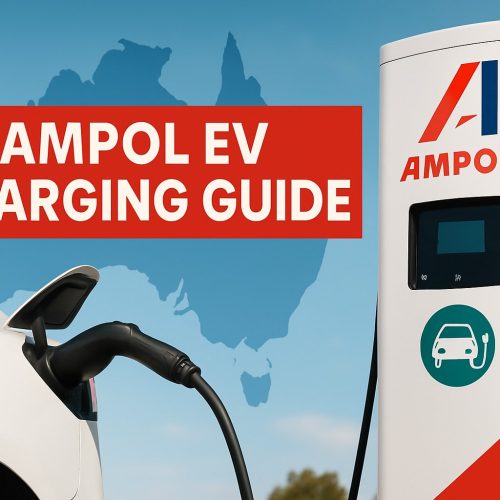Key Takeaways 📌
- The public charging network needs improvement.
- Home charging is the most convenient but not accessible for everyone.
- Standardization of charging connectors is in progress.
- Massive infrastructure development is needed by 2030.
Introduction 📜
Electric vehicles (EVs) are becoming increasingly popular, but one of the significant challenges that remain is the charging infrastructure. This article delves into the current state and what needs to be done to make EV charging more accessible and efficient.
The State of Public Charging 🅿️
While Tesla has a robust charging network, the same can’t be said for other EVs. The public charging network is often criticized for its lack of reliability and coverage. This is a significant hurdle for potential EV buyers and needs to be addressed promptly.
The Convenience of Home Charging 🏠
Charging at home is the most convenient option for most EV owners. However, this is not a viable solution for everyone, especially those living in apartments or without a dedicated parking space. The industry needs to find solutions to make home charging more accessible.
The Push for Standardization 🔌
One of the positive developments in the EV charging space is the move towards standardizing charging connectors. This will make it easier for EV owners to charge their vehicles at any station, eliminating the need for multiple accounts and apps.
Infrastructure Needs by 2030 🛠️
According to experts, there will be a need for about 30 million chargers by 2030 to accommodate the growing number of EVs. This includes both private and public chargers, and it’s a massive undertaking that will require significant investment and planning.
Quality Over Quantity 🎯
While the number of chargers is essential, their quality and reliability are equally important. Frequent breakdowns and maintenance issues can deter people from using public chargers, which is why companies need to focus on improving the quality of their charging stations.
The Role of the Federal Government 🏛️
The federal government has a crucial role to play in the development of EV charging infrastructure. Incentives, grants, and regulations can go a long way in accelerating the growth and adoption of EVs and their corresponding charging networks.
Conclusion 🎯
The future of EV charging infrastructure is promising but comes with its set of challenges. From improving the public charging network to making home charging more accessible, there’s a lot that needs to be done. However, with the right investment and focus, these challenges can be overcome, paving the way for a more sustainable future.

